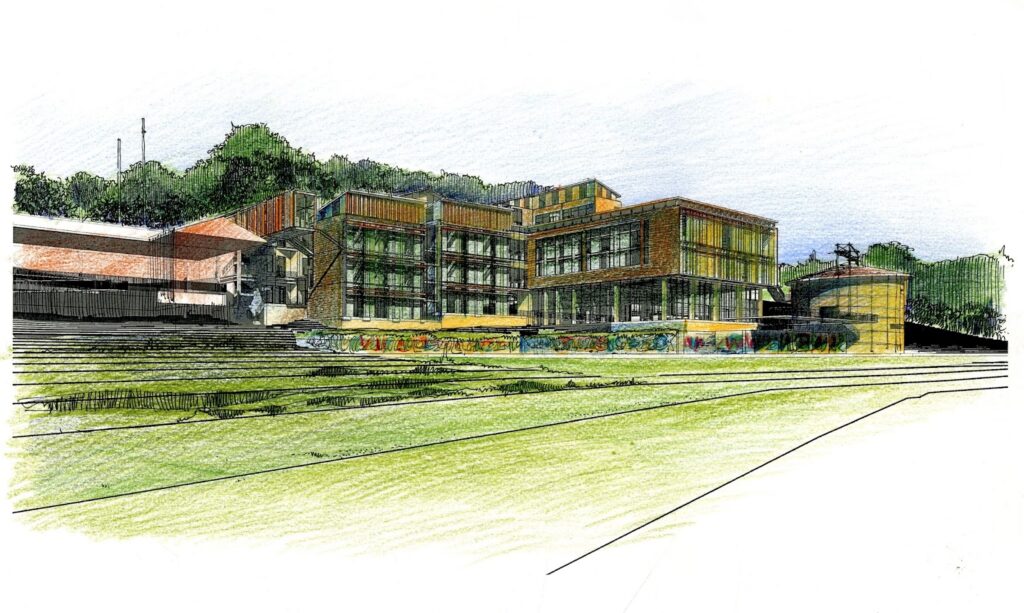The Secrets of Walt Disney Parks and Resorts Success: WDI model (Section II)
Generally, in the big picture, the WDI’s process roughly includes Prologue, Blue Sky, concept development, design, models, construction, and epilogue. The prologue contains the needs, requirements, and constraints, which take the leader position in the all design stage from Blue Sky to construction. The epilogue stage will evaluate each of the design stages. starry spectacles with a socially-minded gesture or two. For instance, the “Design” stage above comprises several relative stages, including facility design, ride design, and show design. Similarly, the “construction” stage comprises construction and production, rock work engineering, show installation, test, and other service stages. Since the design, modeling, and construction stages are similar to what the general design firms do, the following articles will list the key characteristics of the workflow in the WDI design process-Blue Sky and Concept design stage.
Blue Sky, actually is a name of a department in the WDI campus, and it’s really essential and has leadership in the entire design process and workflow. Blue Sky is where the dream begins; designers, planners, and other principles will go the process of brainstorming and concept design, in order to run knock the door to the story beginning, One significant task needs to be determined here is to explore out what it is that will be built or developed. The cast members (the term of Disney staffs) strictly abide by WDI brainstorming rules and methods in the Blue Sky stage, which is extremely helpful to find the ideal openings of the design path. The communication media could range from sketches, paintings, written descriptions, models, verbal pitches, any types of theory essay and paintings, etc, all of which could range from marketing research and facts, high techniques in IT, manufacture, digital, visual reality, interactive design, AI, archaeology, history, philosophy, literature, culture, human geography, art, etc.
According to the book “The Imagineering Field Guides to Disneyland”, we may have an objective view of the brainstorming methods and techniques as below:
“Rule 1, There is no such thing as a bad idea. Rule 2, We don’t talk yet about why not. There will be plenty of time for realities later, so we don’t want them to get in the way of a good idea now. Rule 3, Nothing should stifle the flow of ideas. No buts or can’ts or other “stopping” words. We want to hear words such as “and”, “or”, and “what if”. Rule 4, There is no such thing as a bad idea. (We take that one very seriously.)”
The concept development stage in the WDI model is quite similar to what the general design firms are doing; the concepts created in Blue Sky need to be further developed before formal design begins, and output includes concept paintings, drawings, text pieces, etc. After one task is determined in the Blue Sky stage, the concept design stage moves in. If we move our eyes to the industrial design field, it is quite easy to understand how the concept design stage operates. In the industrial design process, once a design direction has been established the early concept design comes in. The concept design stage is the initial development of an idea so that others will understand what is being proposed and its creative intent and the concept development is the further development of the idea so that it can be designed and built. Technique draft drawings and sketching will be landed in the design stage and the modeling stage will take responsibility in the specification workflows.
We may exam the Shanghai Disney Castle as the sample under the WDI model.
The following image is from one of the castle earlier version paintings, after tons of discussions and research works in Blue Sky stage, it was finished during the concept design stage. Facade drawings and sketches, perspective views shall be produced like this one. Actually, the painting here is quite similar to an earlier version painting of Disney animation artworks. The parade event was considered already here, and just notice that there is no large difference between the castle painted in the image and the castle final built.
Reference
Designing Disney: Imagineering and the Art of the Show, by John Hench
The Imagineering Field Guides, by Alex Wright
Walt Disney’s Imagineering Legends and the Genesis of the Disney Theme Park, by Jeff Kurti
Redshift: https://redshift.autodesk.com/
Image sources
Shanghai Disney Castle Photo https://www.shanghaidisneyresort.com/attractions/enchanted-storybook-castle/
http://www.insidethemagic.net/2011/04/disney-holds-groundbreaking-for-shanghai-disneyland-offers-first-look-at-new-castle-concept-art/
http://www.gehrytech.com/en/projects/27/

